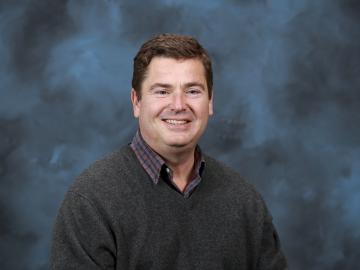
Katy Bradford: Cassette approach offers compelling construction solution

Jennifer Ladd-Lively has been leading the Electrical Systems Engineering and Integration Group since September, bringing with her the organizational and time management skills learned through several years as a research scientist and project manager. The group she leads specializes in designing a...

Thought leaders from across the maritime community came together at Oak Ridge National Laboratory to explore the emerging new energy landscape for the maritime transportation system during the Ninth Annual Maritime Risk Symposium.








The American Conference on Neutron Scattering returned to Knoxville this week, 12 years after its inaugural meeting there in 2002.

